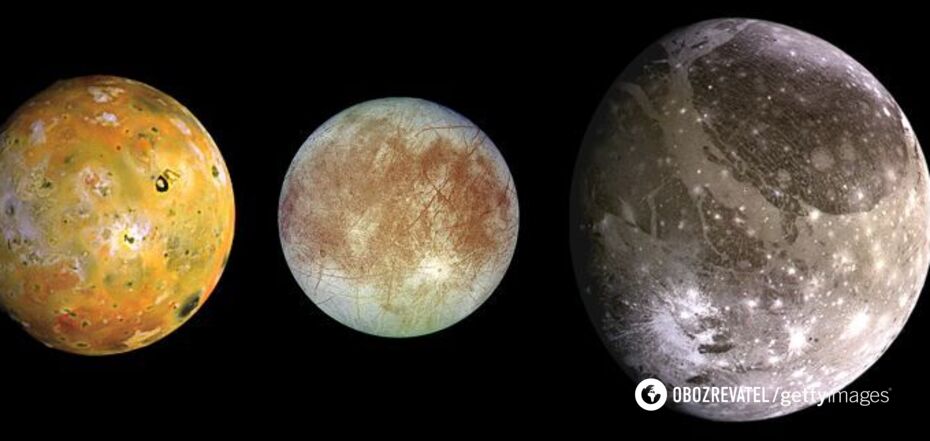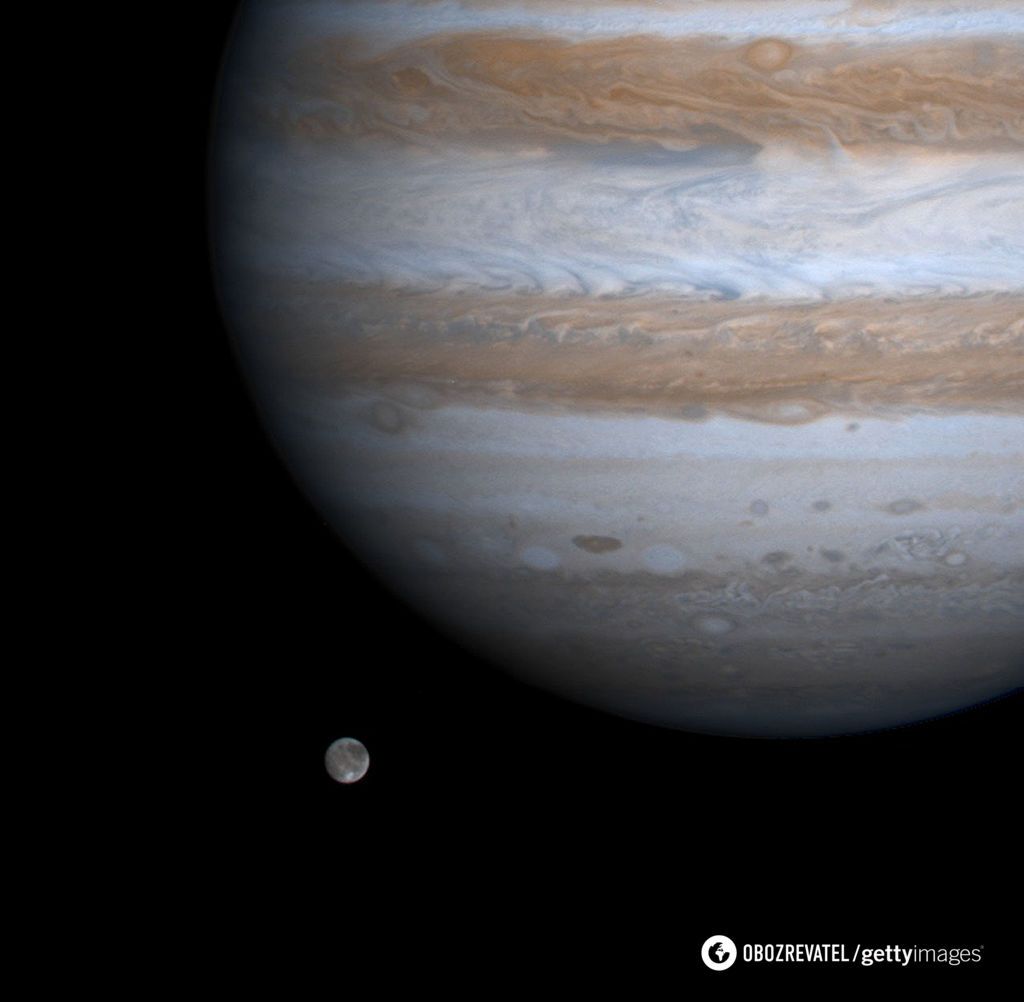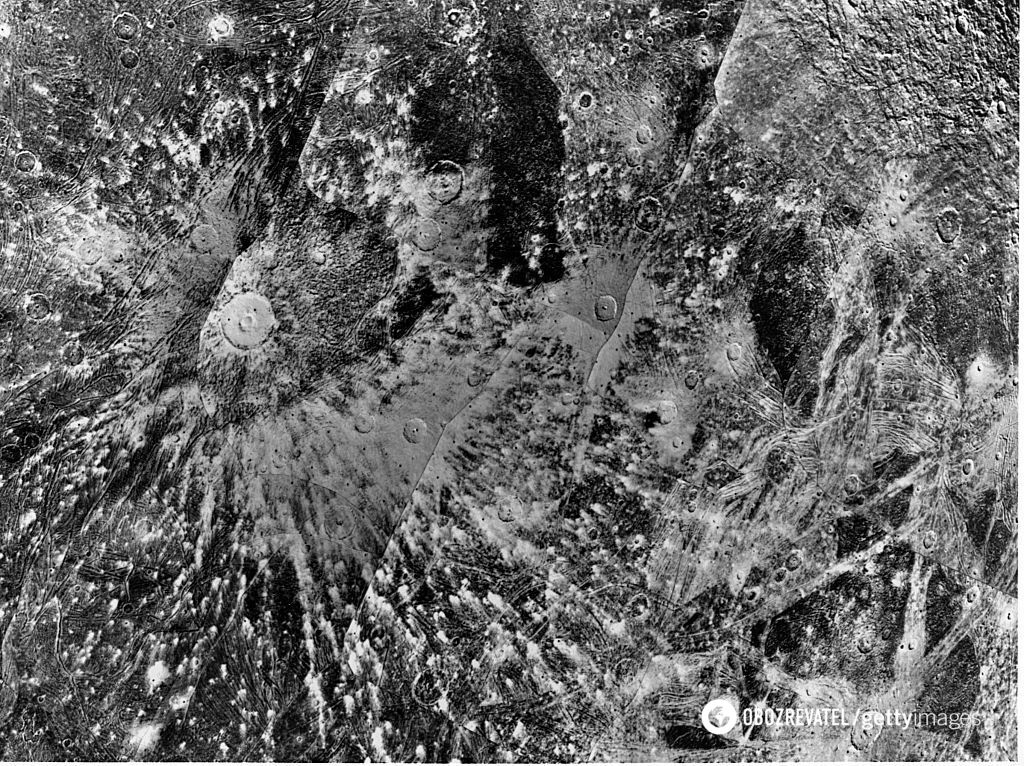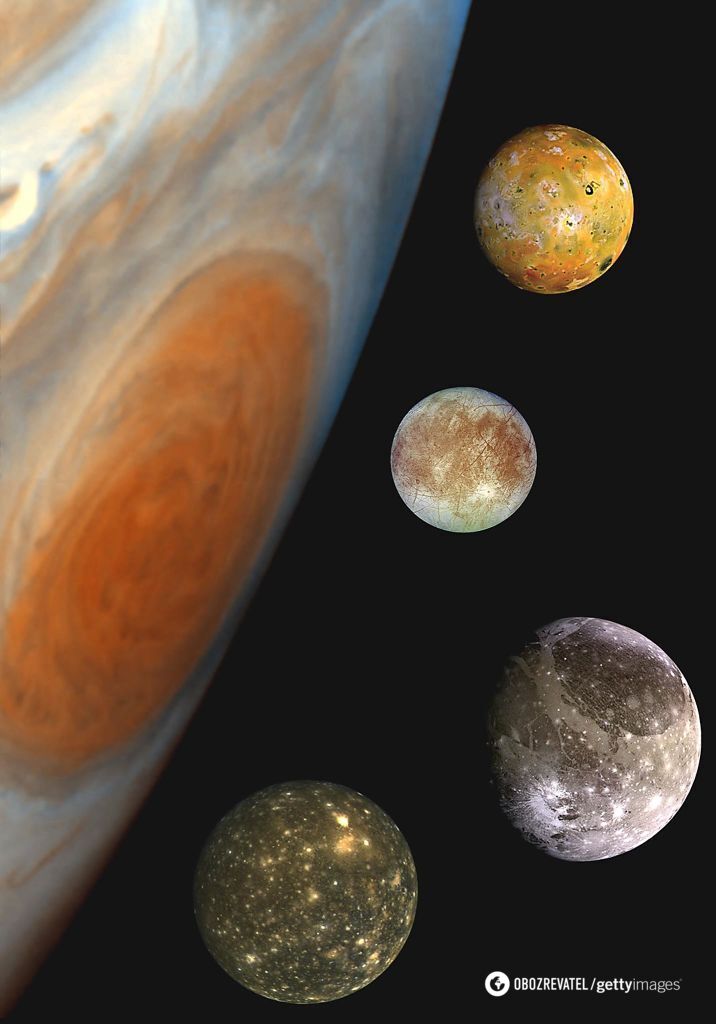News
A giant asteroid bigger than a dinosaur-killing rock crashed into the largest satellite in the solar system
An ancient asteroid crashed into Jupiter 's satellite Ganymede. According to scientists, this space rock was 20 times larger than the one that wiped out the dinosaurs on Earth 66 million years ago.
Scientists say the powerful impact happened 4 billion years ago. It could have caused the largest satellite in the solar system to stagger around its axis, writes TheGuardian.
Scientists say the devastating impact caused Ganymede, which is one of Jupiter's nearly 100 known satellites, to turn around so that the impact crater faces almost directly away from the gas giant.
According to computer models, the asteroid was more than 240 kilometers in diameter and hit at a 60-90 degree angle. The impact created an initial crater up to 1,600 kilometers wide, which was partially filled when rock and dust dislodged by the impact collapsed backwards.
Dr. Naoyuki Hirata, a planetologist at Kobe University in Japan, said that the characteristic furrows covering the surface of Ganymede were long thought to be the remains of several concentric rings formed by the impact of a giant asteroid. The scientist describes that the center of the furrow system points almost directly away from Jupiter. This could happen if the asteroid that crashed into Ganymede added extra weight to the impact zone, destabilizing the satellite and causing it to spin on its axis.
Additional explanations for the impact could come from the European Space Agency's Juice probe, which set a course for Jupiter and its satellites last year. As part of its mission, the spacecraft will search for pockets of water and energy sources necessary for life on Jupiter's satellites.
Professor Lee Fletcher, a planetary scientist at the University of Leicester, said ancient lands on Jupiter's satellites show evidence of billions of years of bombardment that can still be seen today. "Understanding all these events happening on the surfaces of satellites is difficult. But with computer modeling, there's a great attempt to rewind the clock by looking for explanations for the distribution of scars on Ganymede," the scientist said.
Lee Fletcher also added that the Juice mission was well equipped to further explore Ganymede. "This will not only provide the best images of surface cracks that have ever been obtained, but we will also see the remnants of this impact," - summarized the expert.
Only verified information we have in Telegram-channel OBOZ.UA and Viber. Do not fall for fakes!






























